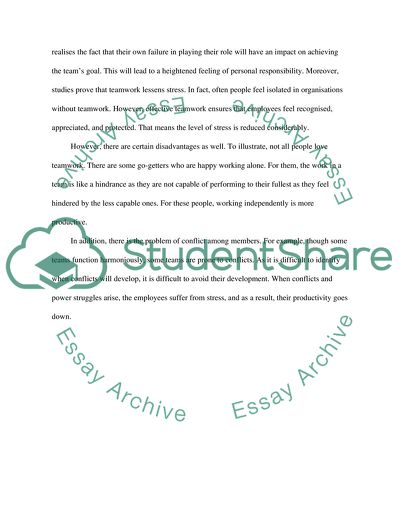Cite this document
(Relationships of Employees in One Organization Essay Example | Topics and Well Written Essays - 1500 words - 8, n.d.)
Relationships of Employees in One Organization Essay Example | Topics and Well Written Essays - 1500 words - 8. https://studentshare.org/social-science/1787242-organisational-behaviour
Relationships of Employees in One Organization Essay Example | Topics and Well Written Essays - 1500 words - 8. https://studentshare.org/social-science/1787242-organisational-behaviour
(Relationships of Employees in One Organization Essay Example | Topics and Well Written Essays - 1500 Words - 8)
Relationships of Employees in One Organization Essay Example | Topics and Well Written Essays - 1500 Words - 8. https://studentshare.org/social-science/1787242-organisational-behaviour.
Relationships of Employees in One Organization Essay Example | Topics and Well Written Essays - 1500 Words - 8. https://studentshare.org/social-science/1787242-organisational-behaviour.
“Relationships of Employees in One Organization Essay Example | Topics and Well Written Essays - 1500 Words - 8”. https://studentshare.org/social-science/1787242-organisational-behaviour.


